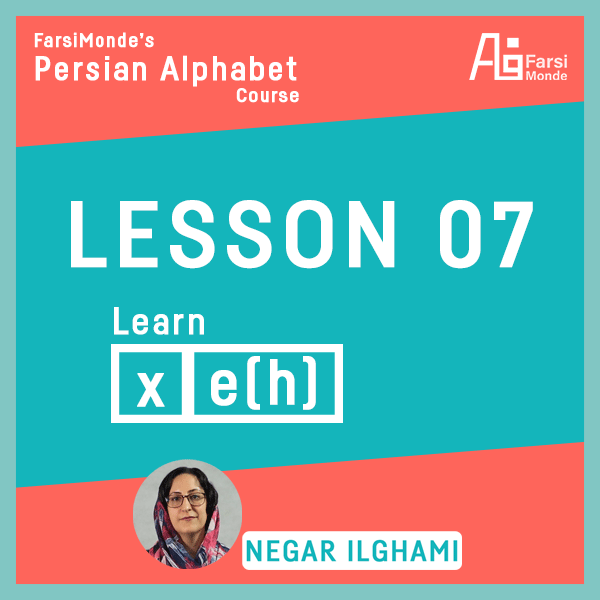Learning Persian Alphabet (07)

Welcome to the seventh episode of the Farsi Learning Alphabet Series. In this lesson, you will learn how to write “e(h)” and “x.” You may wonder what this “e(h)” is and why the “h” is written in the parenthesis. Lesson seven will answer these questions.
“x” in Farsi
This sound does not exist in many languages, such as English or Turkish. In English, “kh” stands for this sound but in FarsiMonde we decided to follow the IPA chart and use “x” to show this sound while transcribing. “x” is a voiceless velar fricative consonant. But what does it mean? For pronouncing the velar sounds, the back of the tongue goes a little up to slightly touch the soft palate, the back of the roof of the mouth. This narrows down the air passage from the throat. Moreover, fricatives are sounds that are produced by forcing air out of a narrow channel. If you do not have this consonant in your language, you may mix it up either with “h” or “q.” But remembering that “h” is a glottal fricative and “q” is a velar plosive may help you with pronouncing “x” better. We recommend listening to the pronunciation of “x,” “xa,” “xe,” “xo,” “xâ,” “xu,” and “xi” as many times as you need to master its pronunciation before learning how to write it.
x
خـ خ
xa
خـَ
xe
خـِ
xo
خـُ
xâ
خا
xu
خو
xi
خی
“e(h)” in Farsi
We have mentioned many times that the short vowels in Farsi script are not usually written. But what if they come at the end of a word? In the previous lesson, you learned that if “o” comes at the end of a word, you need to show it by adding an “u” to the end. What about “e” or “a”? How do we show the difference between “xân” and “xâne” if we do not write this little “e.” Here is where this (h) helps us. You may have seen words ending with “e(h)” on FarsiMonde. This (h) is in parenthesis because it is written but it is not pronounced. This silent “h” shows that a word is ended either with “e” or “a.” In Iranian Farsi, “a(h)” is very rare while in Tajiki and Dari all the “e(h)” changes to “a(h)”. For example, “baste(h),” which means closed, is pronounced as “basta(h)” in Dari and Tajiki.
Sentences to Practice
Learning how to write “x” opens a new window in writing Persian sentences because you can now write many verbs in the present and past. For instance, “mixoram (I eat),” “mixaram (I buy),” “mixânam (I read),” and “mixâham (I want).” Let’s try writing some of them.
1. to xâme(h) dust dâri? = Do you like cream?
you cream friend do.2SG ?
2. na(h), man xâme(h) nemixoram. = No, I do not eat cream
no, I cream not.eat. 1SG
3. in xânom se(h) doxtar dârad. = This lady has three daughters.
this lady three daughter have.3SG
4. ânâha šeš bastani mixarand. = They are buying six ice creams.
they six ice-cream buy.3 PL
5. u diruz sib xarid. = He bought apple yesterday.
s/he yesterday apple buy.PST.3SG
FarsiMonde’s tutors attempt to make learning the Persian Alphabet simple and enjoyable; therefore, we designed writing exercises you can work on at the end of each video. Click on bellow to start the new lesson’s quiz.


Leave A Comment